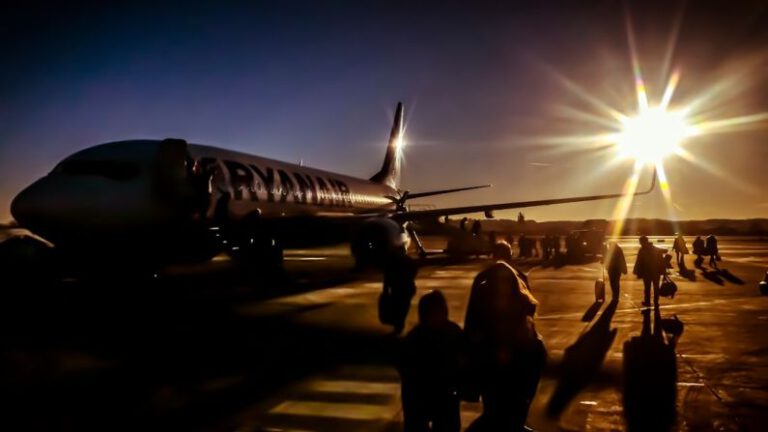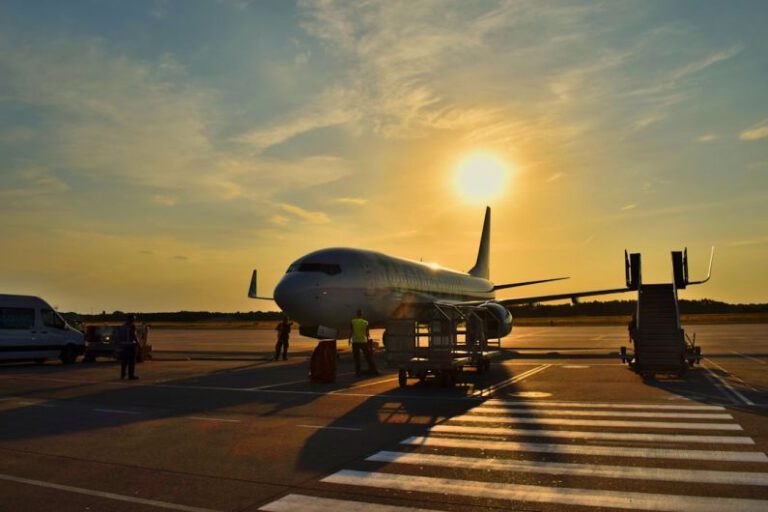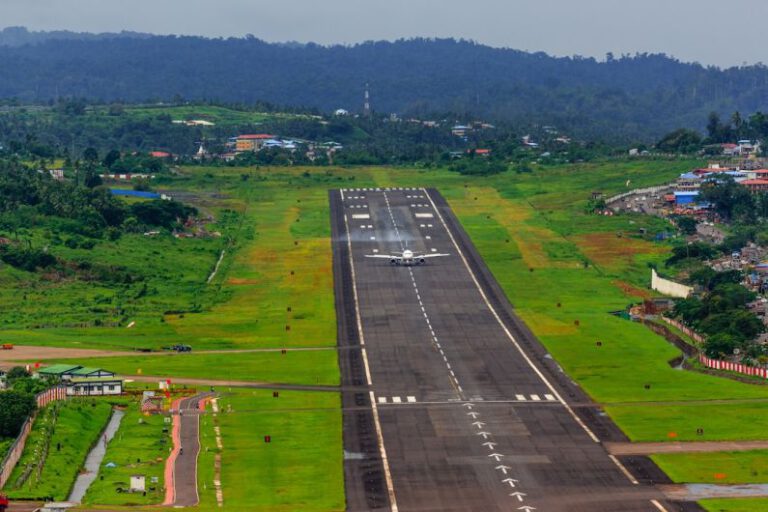Eco-friendly Skies: the Rise of Green Airports
**Eco-friendly Skies: the Rise of Green Airports**
In an era where environmental concerns are at the forefront of global conversations, the aviation industry has been under scrutiny for its significant carbon footprint. However, amidst growing awareness and calls for sustainability, airports around the world are taking proactive steps to minimize their impact on the environment. This shift towards eco-friendly practices not only benefits the planet but also sets a new standard for the industry as a whole.
**Green Infrastructure**
One of the key aspects of green airports is the incorporation of eco-friendly infrastructure. This includes the use of renewable energy sources such as solar power, wind energy, and geothermal heating and cooling systems. By harnessing the power of nature, airports can reduce their reliance on fossil fuels and decrease their overall carbon emissions. Additionally, green airports often feature energy-efficient lighting, water conservation measures, and sustainable building materials to further reduce their environmental impact.
**Biodiversity Conservation**
Another important focus of green airports is biodiversity conservation. Many airports are located in areas that are rich in flora and fauna, making it essential to protect and preserve these ecosystems. By implementing green spaces, such as gardens, parks, and wetlands, airports can provide a habitat for wildlife and promote biodiversity within their premises. Some airports have even created dedicated green corridors to allow animals to safely traverse the airport grounds without disrupting flight operations.
**Waste Management**
Waste management is a critical aspect of sustainability for airports. Green airports have implemented comprehensive recycling programs to reduce the amount of waste sent to landfills. By segregating and recycling waste materials such as paper, plastic, glass, and organic waste, airports can minimize their environmental impact and promote a circular economy. Some airports have also introduced composting facilities to process organic waste and use the resulting compost for landscaping and gardening purposes.
**Carbon Offsetting Programs**
To address the unavoidable carbon emissions associated with air travel, many green airports have implemented carbon offsetting programs. These initiatives allow passengers to voluntarily offset the carbon emissions from their flights by investing in renewable energy projects, forest conservation, or other environmentally friendly initiatives. By engaging passengers in carbon offsetting, airports can raise awareness about the environmental impact of air travel and encourage individuals to take action to mitigate their carbon footprint.
**Community Engagement**
Green airports often engage with local communities to promote sustainability and environmental awareness. This includes hosting educational programs, workshops, and events to raise awareness about the importance of eco-friendly practices. Additionally, green airports may collaborate with local organizations and businesses to support sustainability initiatives and promote green living within the community. By fostering strong relationships with local stakeholders, green airports can create a more sustainable and resilient environment for all.
**Future Outlook**
As the world continues to grapple with the challenges of climate change, the importance of eco-friendly practices in the aviation industry cannot be understated. Green airports serve as beacons of sustainability, leading the way towards a more environmentally conscious future for air travel. By prioritizing green infrastructure, biodiversity conservation, waste management, carbon offsetting, and community engagement, airports can significantly reduce their environmental impact and set a positive example for the rest of the industry. The rise of green airports signals a shift towards a more sustainable and responsible approach to air travel, paving the way for a greener future in the skies.





